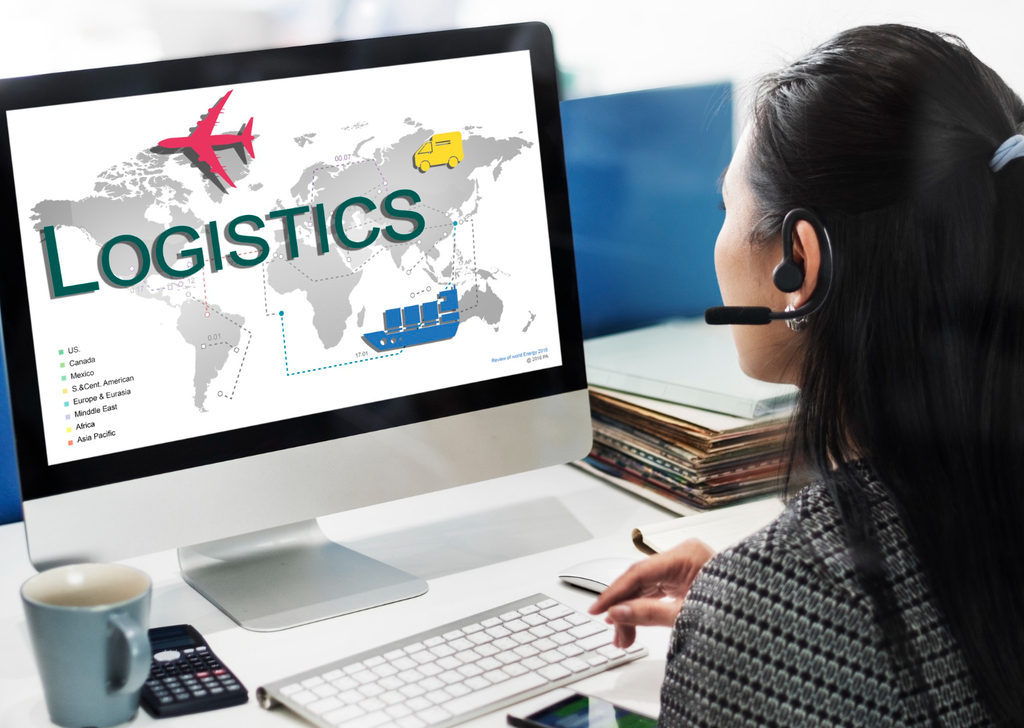Logistics & Supply Chain
Industries We Serve

Optimize operations and reduce costs with technology solutions designed for complex logistics landscape. Our supply chain specialists understand the challenges of multi-modal transportation, customs compliance, and demand forecasting across diverse regional markets.
Industry Challenges
Visibility & Tracking Limitations: Limited real-time visibility across complex supply chains makes it difficult to optimize routes, predict delays, and provide accurate delivery estimates to customers and business partners.
Regulatory Compliance Complexity: Operating across markets requires navigation of diverse customs regulations, documentation requirements, and trade compliance frameworks that can cause costly delays and penalties.
Demand Forecasting Accuracy: Inaccurate demand predictions lead to inventory imbalances, increased carrying costs, and stock-outs that impact customer satisfaction and revenue growth.
Operational Efficiency Optimization: Manual processes and disconnected systems create inefficiencies in warehouse operations, transportation planning, and order fulfillment that increase costs and reduce competitiveness.
Varuvia's Tailored Solutions
IoT-Enabled Supply Chain Visibility: Implement comprehensive tracking systems using IoT sensors, GPS technology, and blockchain for end-to-end supply chain transparency. Our solutions provide real-time location, condition monitoring, and automated exception handling that reduces delays by 30–40%.
Predictive Analytics & Demand Planning: Deploy AI-powered demand forecasting systems that analyze historical data, market trends, and external factors to improve prediction accuracy by 25–35%. These insights enable better inventory planning, reduced carrying costs, and improved service levels.
Automated Compliance Management: Implement systems that automatically generate required documentation, validate compliance requirements, and manage customs processes across multiple jurisdictions. This reduces compliance-related delays by 50–60% while minimizing regulatory risks.
Warehouse & Transportation Optimization: Design and implement automated warehouse management systems with optimized picking routes, inventory allocation, and labor planning. Integration with transportation management systems enables end-to-end optimization that reduces operational costs by 20–25%.